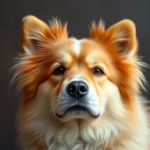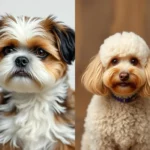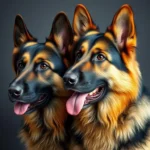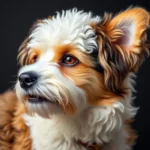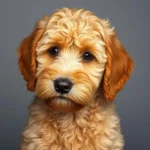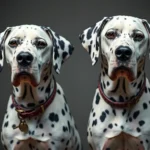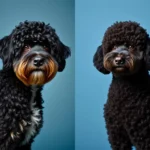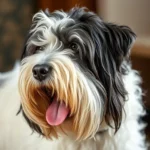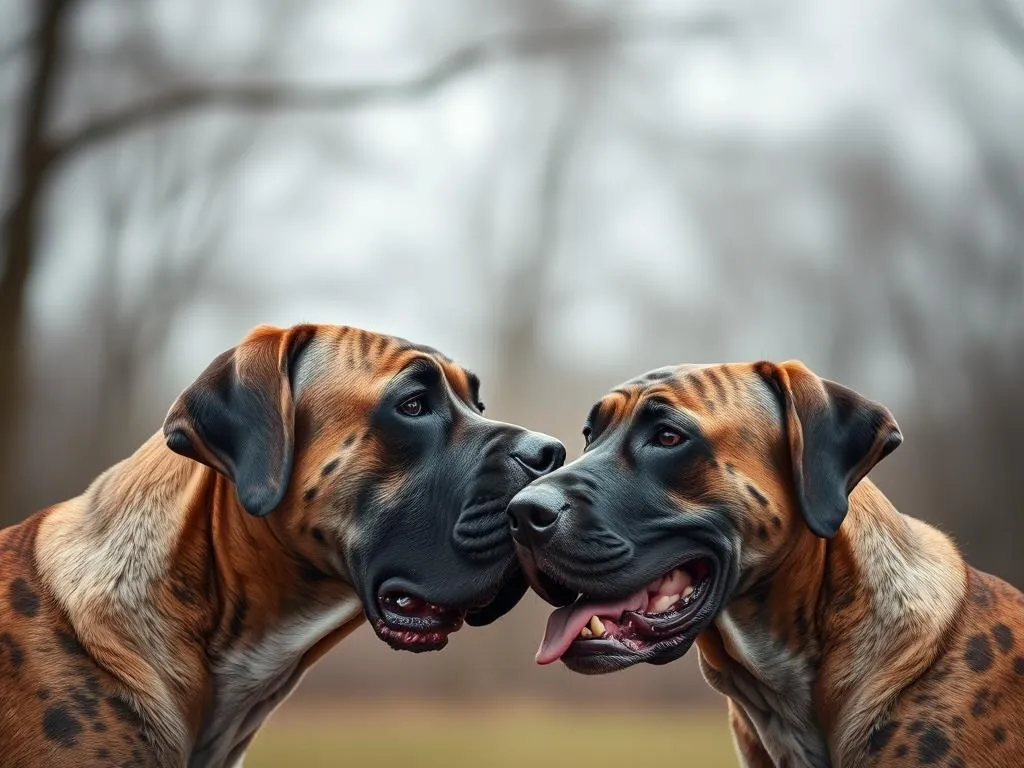
Choosing the right dog breed is a significant decision that can impact your lifestyle, home environment, and overall happiness. Among the vast array of dog breeds, the Kangal and Great Dane stand out as two distinct, large breeds with unique characteristics. Understanding the differences and similarities between these two breeds can help potential dog owners make informed choices.
General Overview of Kangal and Great Dane
Kangal
Originating from Turkey, the Kangal is primarily known for its role as a livestock guardian. This breed has a rich history, dating back centuries, where it was specifically bred to protect sheep from predators like wolves and bears. The Kangal is characterized by its strong, muscular build and exceptional guarding instincts.
In terms of physical appearance, Kangals typically stand between 28 to 32 inches tall and can weigh anywhere from 90 to 150 pounds. Their short coat is usually fawn or tan, with a black mask that gives them a distinctive look.
Temperamentally, Kangals are known for their loyalty and protective nature. They are typically reserved around strangers but are gentle and affectionate with their families. Their typical lifespan is around 12 to 15 years, though they can be prone to certain health issues like hip dysplasia and bloat.
Great Dane
The Great Dane, often referred to as the “gentle giant,” has a storied history as well, originating in Germany. This breed was initially used for hunting large game and as a guardian. Great Danes are known for their impressive size and friendly disposition.
Great Danes can reach heights of 28 to 34 inches and generally weigh between 110 to 175 pounds. They have a short, smooth coat that comes in various colors, including fawn, brindle, blue, and black.
In terms of temperament, Great Danes are friendly, affectionate, and good with children, making them excellent family pets. Their typical lifespan ranges from 7 to 10 years, and like the Kangal, they may also face health issues like hip dysplasia and heart problems.
Size and Weight Comparison
Kangal Size and Weight
Average heights for a Kangal range from 28 to 32 inches, with males typically being larger than females. Their weight can vary significantly, generally falling between 90 to 150 pounds.
Kangals grow rapidly during their first two years, reaching their full size around 18 to 24 months. Their impressive size makes them one of the largest dog breeds, comparable to other large breeds like the Mastiff or Rottweiler.
Great Dane Size and Weight
Great Danes boast an impressive stature, standing between 28 to 34 inches tall. Males are usually larger than females, weighing between 110 to 175 pounds.
Like the Kangal, Great Danes experience significant growth during their first two years but typically reach their full size around 18 months. They are often regarded as one of the tallest dog breeds, sometimes surpassing the height of the Kangal.
Size Comparison Summary
| Breed | Average Height | Average Weight |
|---|---|---|
| Kangal | 28 – 32 inches | 90 – 150 pounds |
| Great Dane | 28 – 34 inches | 110 – 175 pounds |
The size of both breeds has implications for living conditions. Large breeds like the Kangal and Great Dane require ample space, making them more suited to homes with large yards or properties.
Temperament and Behavior
Kangal Temperament
The Kangal is renowned for its protective instincts. This breed is naturally inclined to guard their family and property, making them excellent watchdogs. While they are loyal and affectionate with their families, they can be wary of strangers.
Socialization is crucial for Kangals, as they can become overly protective if not properly introduced to new people and environments. Their intelligence makes them trainable, but they often exhibit an independent streak, which can pose challenges during training. They require a good amount of exercise daily to manage their energy levels effectively.
Great Dane Temperament
The Great Dane is known for its friendly and gentle nature. This breed typically gets along well with children and other pets, making them ideal family companions. Great Danes are sociable and thrive on human interaction.
Training a Great Dane can be easier due to their eagerness to please; however, their size can make training a bit challenging. Early socialization is essential to ensure they develop into well-adjusted adults. They also require regular exercise to maintain a healthy weight and avoid boredom.
Behavior Comparison Summary
- Kangal: Protective, loyal, requires socialization to prevent over-guarding.
- Great Dane: Friendly, gentle, sociable, and highly trainable.
These differences in behavior and temperament highlight the importance of matching a breed’s characteristics with your lifestyle and family dynamics.
Health Considerations
Common Health Issues in Kangal
Kangals are generally healthy dogs, but they can be prone to specific genetic health issues. Common concerns include hip dysplasia, elbow dysplasia, and bloat. Regular veterinary check-ups, a healthy diet, and maintaining an appropriate weight can help mitigate these risks.
Common Health Issues in Great Dane
Great Danes face several health challenges, primarily due to their size. They are susceptible to heart conditions, hip dysplasia, and bloat, which can be life-threatening. Regular vet visits, a balanced diet, and careful monitoring of their exercise can help maintain their health.
Health Comparison Summary
In terms of lifespan, the Kangal generally lives longer than the Great Dane, making it crucial for potential owners to consider the health needs associated with each breed. Regular vet check-ups and preventative care are vital in ensuring both breeds lead healthy lives.
Care and Maintenance
Kangal Care Needs
Kangals have relatively low grooming needs due to their short coat, which requires brushing only occasionally. They do shed, particularly during seasonal changes.
Dietary needs for Kangals involve high-quality dog food, with a focus on protein to support their active lifestyle. Exercise is essential; daily walks and playtime are necessary to keep them physically and mentally stimulated.
Great Dane Care Needs
Great Danes also have low grooming requirements, benefiting from occasional brushing to manage shedding.
Their dietary needs are substantial due to their size; high-quality dog food that meets their nutritional requirements is essential. Exercise is crucial for Great Danes, though they may not require as much intensity as Kangals. Regular walks and play are important to maintain their health and prevent obesity.
Care Comparison Summary
Both breeds have similar grooming needs, but their dietary and exercise requirements can vary. Owners should consider their ability to meet these needs, as both breeds require commitment and care.
Training and Socialization
Kangal Training Techniques
Training a Kangal requires patience and consistency. Positive reinforcement methods work best, as harsh training techniques can lead to fear or aggression. Socialization is key; introducing them to various environments, people, and animals can help prevent guarding issues.
Great Dane Training Techniques
Great Danes typically respond well to training due to their eager-to-please nature. Positive reinforcement is encouraged, and socialization should start early to ensure they become well-rounded adults.
Common challenges include their size; owners must be prepared to manage their strength, especially during training sessions.
Training Comparison Summary
Both breeds benefit from early training and socialization, but the Kangal may pose more challenges due to its protective instincts. Great Danes, on the other hand, are generally easier to train and socialize.
Ideal Owners for Each Breed
Who Should Own a Kangal?
Kangals are best suited for active individuals or families who can provide ample space and exercise. Their guarding instincts mean they thrive in environments where they feel their family and property need protection. Previous experience with large or guarding breeds is advantageous.
Who Should Own a Great Dane?
Great Danes are ideal for families looking for a friendly companion. They do well in homes with children and can adapt to various living situations, provided they have enough space. Owners should be prepared for the challenges of managing a large dog and have enough time to dedicate to training and socialization.
Ideal Owner Comparison Summary
- Kangal: Best for experienced owners with active lifestyles and space for exercise.
- Great Dane: Suitable for families seeking a gentle giant, capable of managing a large breed.
Conclusion
In comparing the Kangal vs Great Dane, it’s evident that both breeds offer unique qualities that cater to different lifestyles and preferences. Understanding the characteristics, care needs, and behavioral traits of each breed is crucial for potential dog owners. Ultimately, the decision should align with your lifestyle, living conditions, and ability to meet a dog’s needs.
